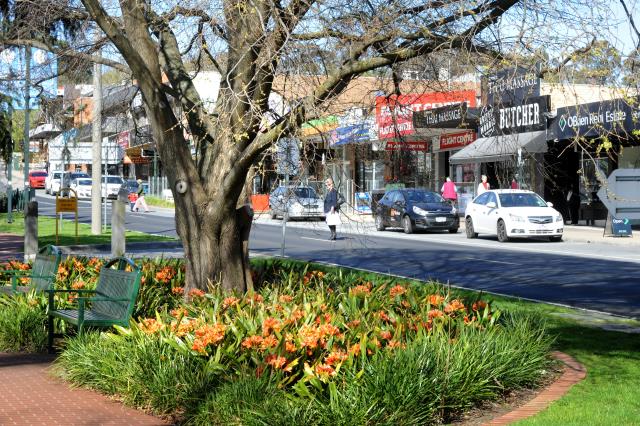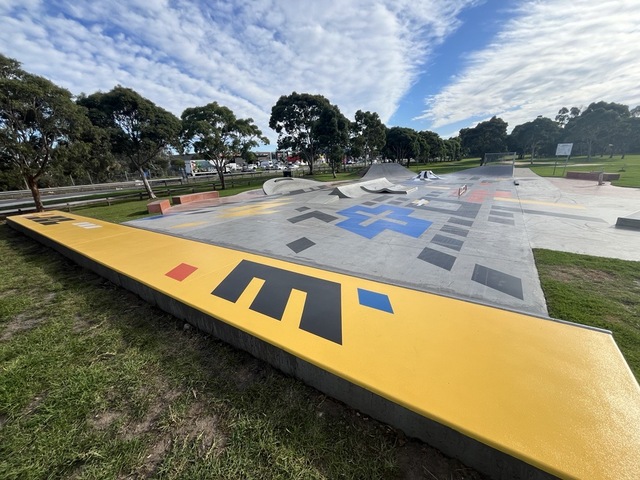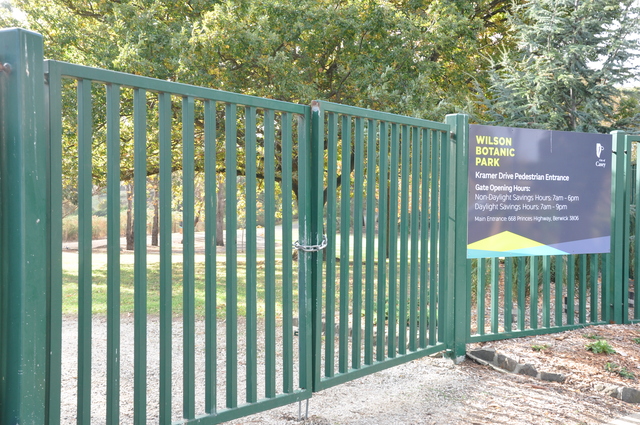By Ewan Kennedy
HOLDEN has introduced another engine option on its best selling Commodore range.
An all-new 3.0-litre V6 powerplant, tagged SIDI (Spark Ignition Direct Injection) is offered as a lower cost unit with the double benefits of having reduced fuel consumption and fewer emissions of carbon dioxide (C02).
We have just spent a week sitting behind this new V6 engine in a Commodore Berlina station wagon as part of our routine road test program.
Holden is the first local manufacturer to introduce direct-injection technology.
This allows a higher compression ratio for improved efficiency.
Less fuel is used to produce equivalent power.
The latest Holden V6 produces 190 kW of power at 6700 rpm, and 290 Nm of torque at 2900 rpm. The 3.0 V6 comes standard in Holden’s Commodore Omega and Berlina.
We found the engine to be an excellent choice that probably has enough performance for just about everyone this side of the revheads.
It’s a sweeter unit than the old 3.6-litre, with almost none of the vibration and harshness that took the edge of that engine.
But it still doesn’t have the honey-smooth feel of some Japanese competitors’ V6 engines. Which is a shame as the GM Holden twin-cam 24-valve unit really is a beauty in every other way.
The SIDI V6 engine is tuned to idle at a very low 550 rpm, thus reducing fuel usage at idle – every little bit helps.
The new SIDI 3.0 engine is mated to a new six-speed auto transmission to maximise both its performance and economy.
It’s a big improvement on the previous four-speed automatic, with a low first gear to provide plenty of torque off the line, the sort of grunt that Aussie drivers just love.
At the other end of the transmission ratios on this six-speed auto is a tall top that sees the engine turning at a mere 2000 rpm when the Commodore’s cruising at 120 km/h.
On the motorway and during easy country running on level surfaces we found the consumption to frequently be below eight litres per hundred kilometres.
That would have been considered impossible in a big family station wagon only a few years ago.
Around town the engine is working in the mid-range gears so can’t manage to record such low figures as those on the open road.
Expect it to be using about nine to eleven litres per hundred kilometres in suburban driving. And perhaps the petrol consumption will be on the wrong side of 12 litres in heavy-duty stop-start traffic.
GM Holden has introduced lower rolling resistance tyres from Bridgestone as standard on model year 2010 with 16 and 17-inch wheels – including the Berlina Sportswagon we tested. These are quiet and smooth in their characteristics, even on concrete surfaces and rough and ready country roads.
We did not notice any discernible change to the Commodore’s handling, the slight reduction in weight probably assists cornering, but it would have taken racetrack stopwatch testing to measure the difference.
In any case, the VE Commodore is beautifully balanced and corners hard and fast at the sort of speeds that are unlikely to be attempted by the average family driver.
Comfort remains as good as ever, Holden Commodore seems set to remain the car of choice with those who do a lot of long distance driving in the great Australian outback.
Note that a larger variant of the new 3.0-litre SIDI engine, retaining that long-familiar capacity of 3.6 litres, is standard on Calais and Calais V-Series sedan and Sportswagon as well as SV6 sedan, Sportswagon and ute. The 3.6 engine, now has 210 kW of power and 350 Nm of torque.
To arrange a test drive contact Barry Bourke Holden, 755 Princes Highway, Berwick, on 9707 2222, or Cranbourne Holden, 217A South Gippsland Highway, Cranbourne, on 5995 4555.
New spark for Holden
Digital Editions
-

Cream rises for Cranbourne
CRANBOURNE BOWLS It was a spirited week of performances from Cranbourne with the club’s top-two teams winning their pennant matches on Saturday while the week…





